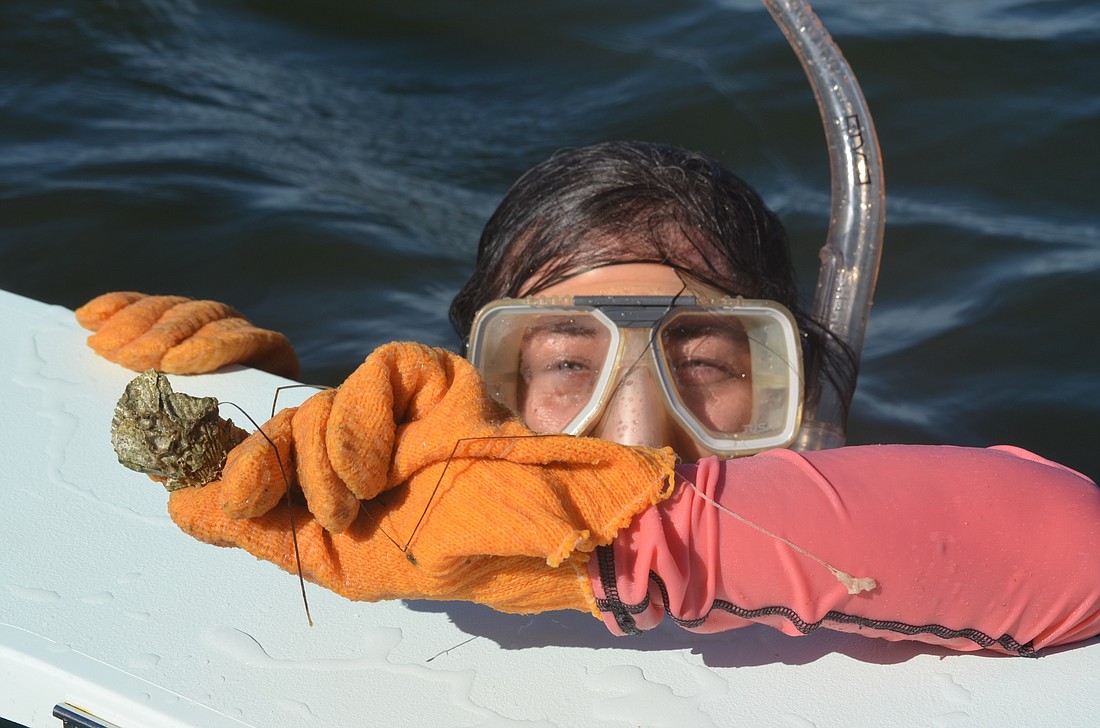- July 9, 2025
-
-
Loading

Loading

The 11th annual Sarasota Bay Watch scallop search is expanding efforts.
This year’s event will focus on more than just Sarasota Bay’s scallop population.
By the end of the summer, the Sarasota Bay Watch will have released 60,000 juvenile clams and 215,000 adult clams into Sarasota Bay.
On Aug. 25, the nonprofit organization is asking The Great Scallop Search of 2018 and Clam Jam volunteers to help distribute about 30,000 of that total.
Sarasota Bay Watch Programming Director Ronda Ryan said that over time, the Bay Watch has realized scallops are sensitive and susceptible to red tide and have a short life span, which has caused the Bay Watch to branch into clam restoration.
In late 2016, the Bay Watch partnered with a hatchery in Terra Ceia to condition and spawn clams. Now, the Bay Watch is working to release those surviving clams, more than 250,000, into the bay.
This year’s event kicks off at 8 a.m. Saturday, Aug. 25, at the Sarasota Sailing Squadron. The event is limited to 50 boats, so those interested should register ahead of time at sarasotabaywatch.org.
When volunteers are searching for scallops, Ryan said they’ll be asked to pay attention to other life down there, as always, but to focus on seeing what the clam population looks like. As volunteers finish up their lunch after searching for scallops, Sarasota Bay Watch will give those with boats clams to distribute on their ways home.
“They’ll go out, get search counts, and on the way home, they get that feeling of giving back, and it sort of ties them into the shellfish restoration that we’re doing in the Bay,” Ryan said.
The goal of the annual scallop search is to monitor the scallop population in the bay in hopes of boosting the native population to improve water quality while also educating the public.
“One of the main purposes of the scallop search is just to engage the community in the underwater habitat and the animals that live there,” Ryan said.
After a brief training and information session, volunteers will head out on boats and begin their scallop search in an assigned hexagon.
Typically, volunteers are given weighted lines that people use to guide them as they swim back and forth between the boat and the seagrass.
This year though, volunteers will do 15-minute free swim around their hexagon instead of following the line. Now, there is less a chance of having to deal with a tangled line and more volunteers can swim around the area, Ryan said.
The Scallop Search is a lead-up to the Bay Watch’s September fundraiser, “Scallopalooza, It’s Clamtastic!,” which in the past few years has begun highlighting the Bay Watch’s clam restoration efforts.
“Clams are really cool,” Ryan said. “They’re resistant to red tide, and they were once too native around here.”